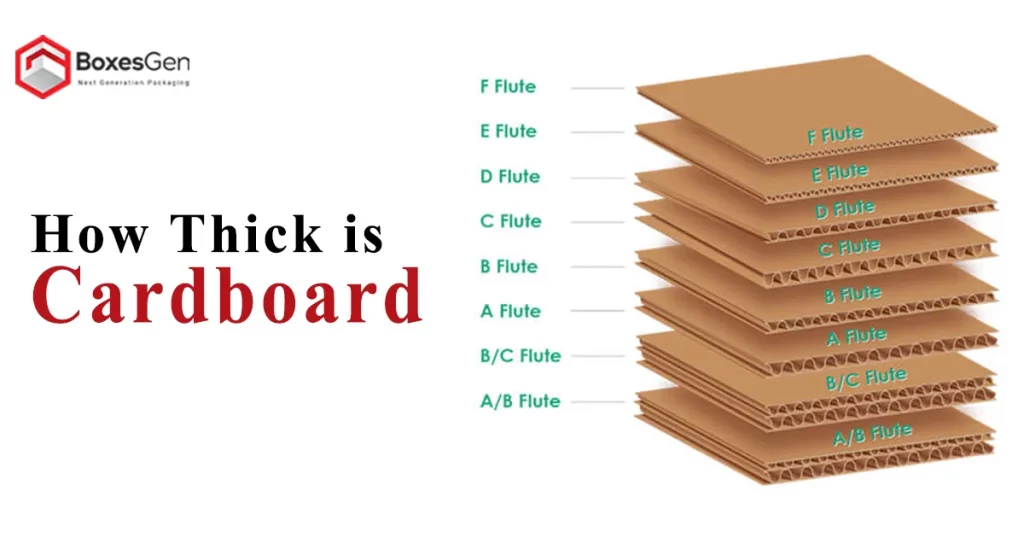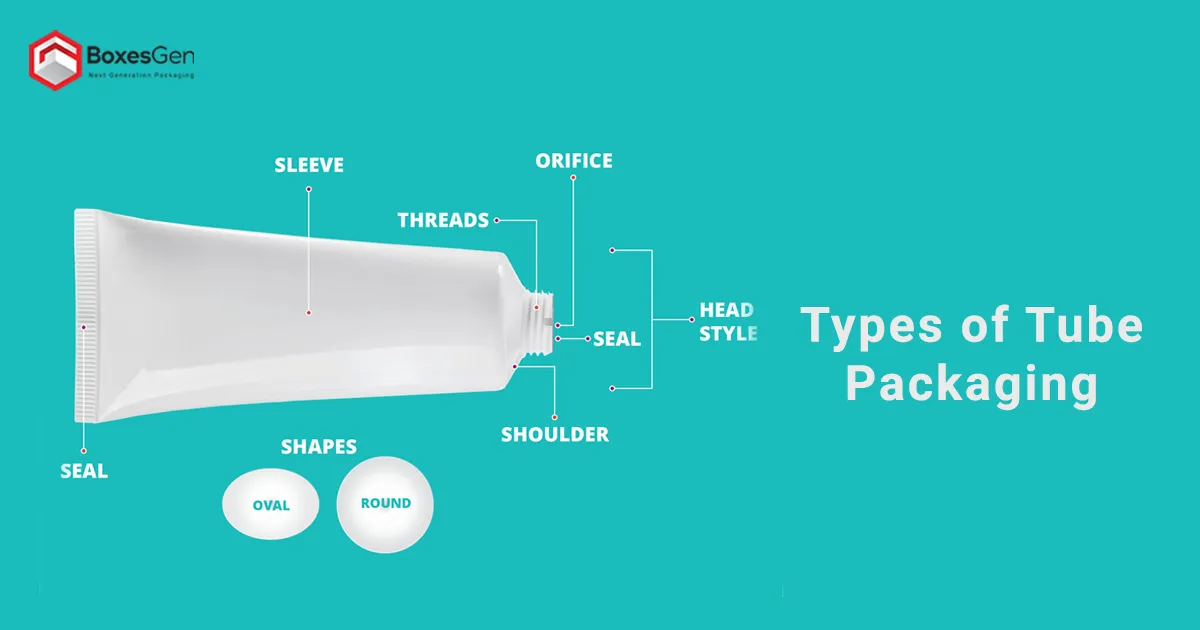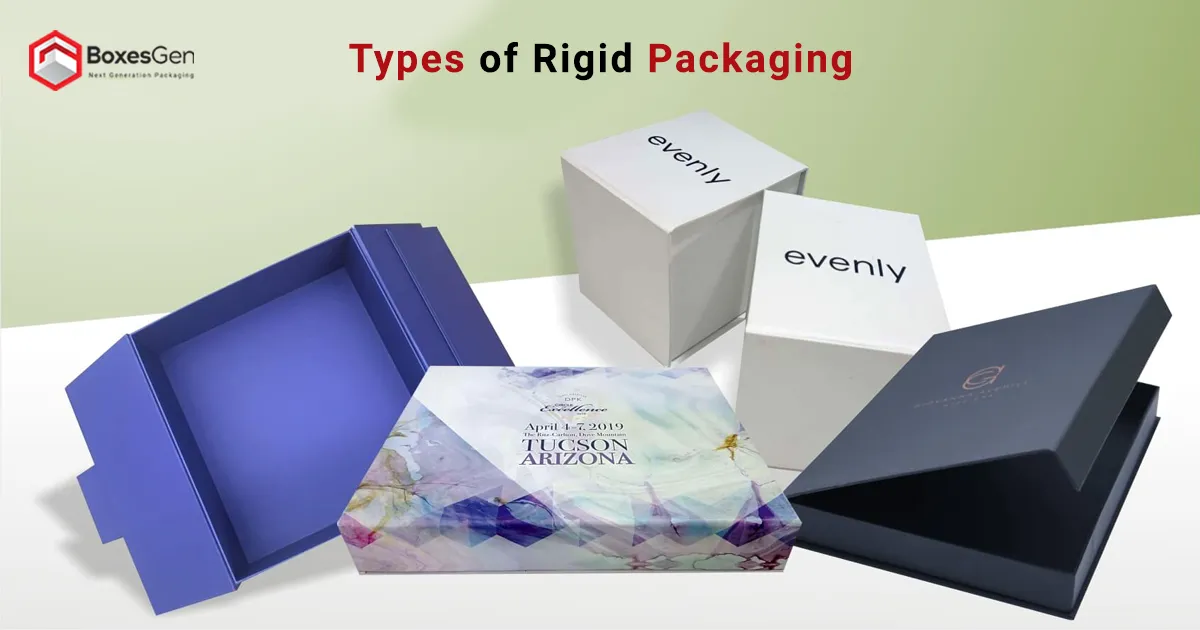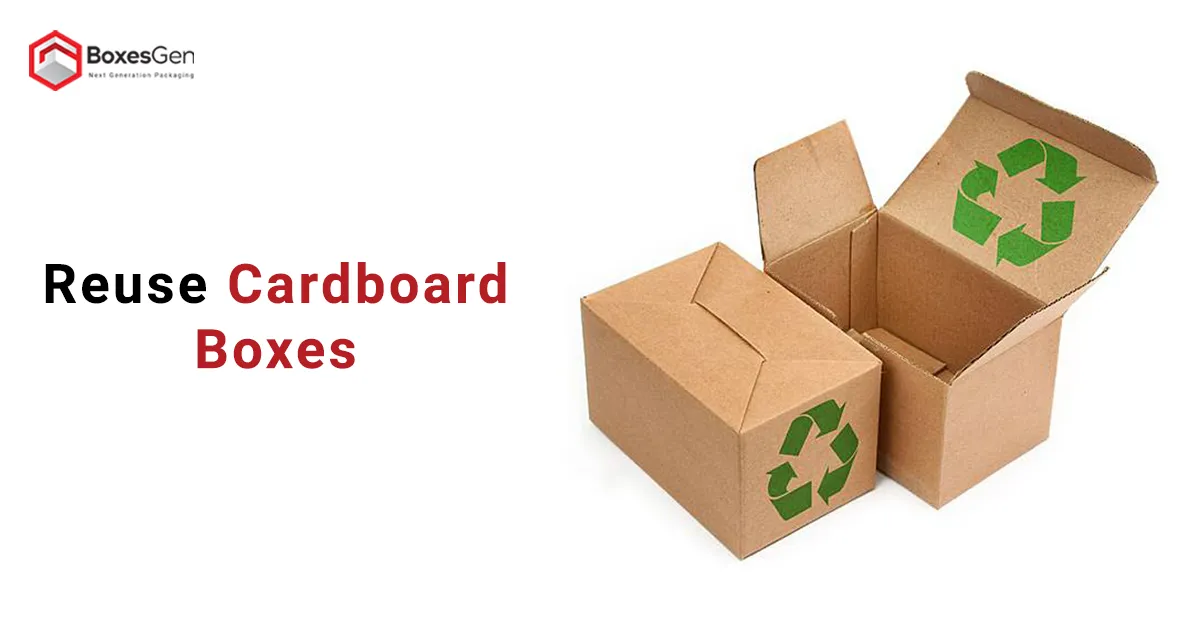How Thick is Cardboard
Cardboard comes in various thicknesses, each tailored for specific uses. The thickness of cardboard is a critical factor influencing its strength, durability, and application. Let’s explore the cardboard market, its thickness, dimensions, applications, and weight considerations across industries.
Cardboard Thickness Options
Cardboard thickness is measured in points or millimeters, reflecting the thickness of the material. The most common types of cardboard include single-wall corrugated board, double-wall corrugated board, and triple-wall corrugated board. Single-wall cardboard typically ranges from 1.2 mm to 4 mm, while double-wall cardboard falls within the 4 mm to 8 mm range. Triple-wall cardboard, reserved for heavy-duty packaging, can exceed 8 mm. Here are some common thicknesses for cardboard:
Single-Wall Cardboard
- 8pt (0.008 inches or 0.2 mm)
- 10pt (0.01 inches or 0.25 mm)
- Double-Wall Cardboard
- 18pt (0.018 inches or 0.46 mm)
- 20pt (0.02 inches or 0.5 mm)
Triple-Wall Cardboard
- 28pt (0.028 inches or 0.71 mm)
- 32pt (0.032 inches or 0.81 mm)
Flute Weights in GSM
Flute weights are typically measured in grams per square meter (GSM). Here are some common flute weights in GSM for various types of materials:
Single Face Corrugated Board
- E Flute: 130 GSM
- F Flute: 150 GSM
- G Flute: 180 GSM
- N Flute: 200 GSM
Double Face Corrugated Board
- B Flute: 200 GSM
- C Flute: 230 GSM
- E Flute: 300 GSM
Solid Fiberboard: 500 GSM
Flute Size in Millimeters
- A Flute: 5mm
- B Flute: 3mm
- C Flute: 3.5 mm to 4 mm
- E Flute: 1 mm to 1.5 mm
- F Flute: 2 mm
Cardboard Sheets Dimensions
Cardboard sheets come in various dimensions, catering to diverse packaging requirements. The dimensions play a crucial role in determining the efficiency of packaging processes and the overall protection of the contents.
- Standard Sheets: 18 x 24 inches, 24 x 36 inches, and 36 x 48 inches.
- Larger Sheets, 48 x 96 inches, are commonly used in industrial applications.
Weight Considerations for Balancing Strength & Practicality
Another essential aspect is cardboard weight, measured in grams per square meter (GSM) or pounds per thousand square feet (M-weight). Common weights range from 200 GSM to 600 GSM, providing options for lightweight packaging to heavy-duty applications. The weight of cardboard directly impacts its strength and resilience, influencing its ability to withstand external forces during storage, transportation, and handling.
Single-Wall Cardboard
Single-wall cardboard, often called corrugated fiberboard, is the most common type used in packaging. With thickness ranging from 1.2 mm to 4 mm, single-wall cardboard balances weight and strength. It is ideal for shipping boxes, displays, and Retail Packaging. The lower-thickness variants are suitable for lightweight items, while the thicker options offer greater protection for more substantial products.
Double-Wall Cardboard
Double-wall cardboard provides increased strength by incorporating two layers of corrugated material. Thicknesses typically range from 4 mm to 8 mm, making it suitable for heavier loads and products that require extra protection. This cardboard type is commonly used for bulk packaging, industrial goods, and items with higher fragility. Its ability to withstand more substantial weights makes it a preferred choice for various shipping and storage applications.
Trip-Wall Cardboard
Reserved for the most demanding applications, triple-wall cardboard is an industrial powerhouse. With a thickness exceeding 8 mm, this heavy-duty material offers unparalleled strength and protection. Often used in large-scale industrial packaging, triple-wall cardboard can handle exceptionally heavy loads and provides a robust solution for items requiring the utmost care during transit.
Choosing the Right Thickness
Selecting the appropriate cardboard thickness involves considering the specific requirements of the packaging task at hand. Lightweight products may benefit from the cost-effectiveness of single-wall cardboard. At the same time, heavier or more delicate items may necessitate the added strength of double-wall or triple-wall cardboard options. Balancing the need for protection with practical considerations, such as transportation and storage, is crucial in optimizing the packaging solution.
Cardboard in Everyday Life
Beyond its role in packaging, cardboard finds application in various aspects of our daily lives. Cardboard tubes, made from thick, durable cardboard, are used for mailing posters and documents. Cardboard panels, often 2 mm to 4 mm thick, are employed in art projects, school presentations, and architectural model-making. The versatility of cardboard, stemming from its range of thicknesses, makes it a go-to material in creative endeavors and educational activities.
Sustainability in Thickness
As the world emphasizes sustainability, cardboard’s environmental impact comes under scrutiny. Thinner cardboard tends to be eco-friendly, requiring fewer raw materials and energy for production. However, thicker cardboard may offer increased durability and reusability, extending its lifespan. Striking a balance between thickness, strength, and environmental considerations is crucial for adopting cardboard solutions that align with sustainable practices.
Coatings and Finishes
Cardboard’s adaptability extends further with the incorporation of various coatings and finishes. Manufacturers often apply coatings to increase the cardboard’s resistance to moisture, grease, or chemicals, depending on the intended use. Common coating types include clay coating, polyethylene coating, and wax coating. Additionally, finishes such as matte, gloss, or UV coatings increase the aesthetic appeal and provide an extra layer of protection. These coatings and finishes contribute to cardboard’s overall functionality and durability in diverse applications, ranging from Food Packaging to high-end product displays.
Advanced Printing Techniques
Cardboard is not just a practical material; it can also be a canvas for creativity. Advanced printing techniques have revolutionized how cardboard is used for branding and marketing. High-quality graphics, vibrant colors, and intricate Packaging Designs can be applied to cardboard surfaces, making ordinary packaging a powerful marketing tool. The ability to print on cardboard opens up opportunities for businesses to create visually appealing packaging that stands out on the shelves, effectively communicating brand identity and attracting consumer attention.
Sustainable Practices in Cardboard Production
With environmental concerns taking center stage, the cardboard industry has embraced sustainable practices to reduce its carbon footprint. Many manufacturers are adopting recycled packaging materials in cardboard production, diverting tons of waste from landfills. Additionally, water-based inks and adhesives are becoming more prevalent, minimizing the environmental impact of the manufacturing process. As consumers increasingly prioritize eco-friendly choices, these sustainable practices position cardboard as a frontrunner in environmentally conscious packaging solutions.
Cardboard in E-commerce
The rise of e-commerce has propelled cardboard into a central role as the primary packaging material for shipping goods. The durability, flexibility, and cost-effectiveness of cardboard make it an ideal choice for ensuring products reach customers intact. The dimensions and thickness of Cardboard Boxes are often tailored to accommodate a wide range of products, from small electronics to large appliances. As the e-commerce industry continues to grow, innovations in cardboard packaging will likely play a crucial role in optimizing the shipping and delivery processes.
Cardboard Recycling
One of the key advantages of cardboard is its recyclability. Cardboard can be recycled multiple times without compromising its quality. Recycling cardboard boxes helps conserve natural resources, reduce energy consumption, and minimize the environmental impact of traditional disposal methods. Consumers and businesses play a vital role in recycling by ensuring that used cardboard is collected and sent to recycling facilities. The cardboard production, use, and recycling cycle forms a sustainable loop, contributing to a circular economy.
Conclusion
The thickness of cardboard is a multifaceted aspect that plays a pivotal role in its applications across industries. From single-wall to triple-wall options, cardboard offers a spectrum of thicknesses catering to diverse packaging needs. The dimensions and weight further contribute to the versatility of this material. Whether protecting delicate items or providing robust solutions for industrial packaging, understanding the nuances of cardboard thickness empowers businesses and individuals to make informed decisions, ensuring the optimal balance between strength, practicality, and sustainability in their cardboard solutions.








